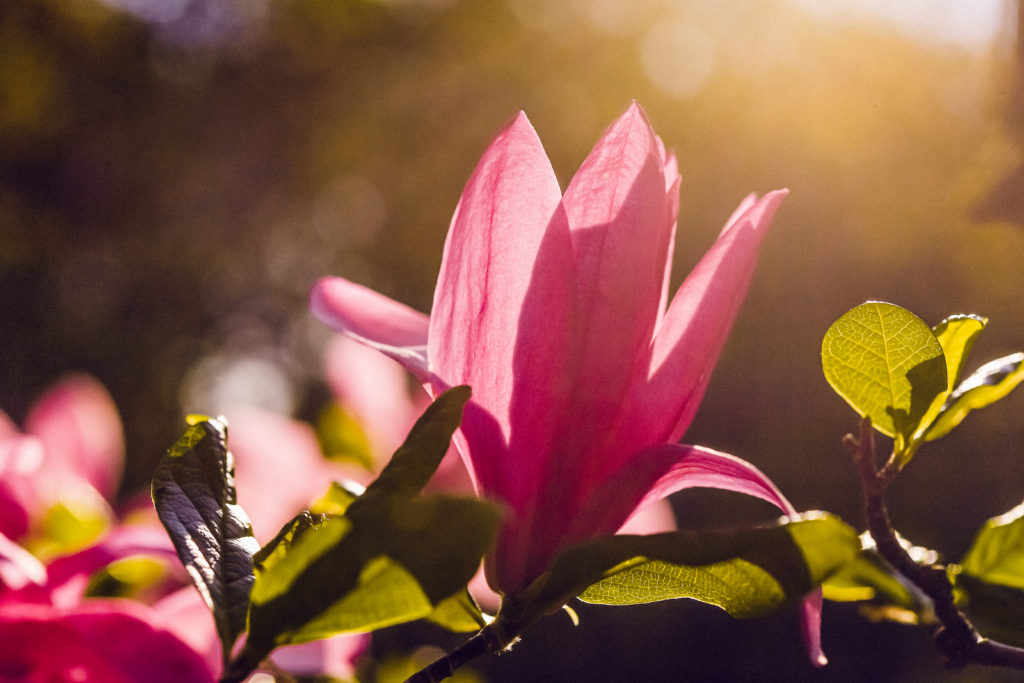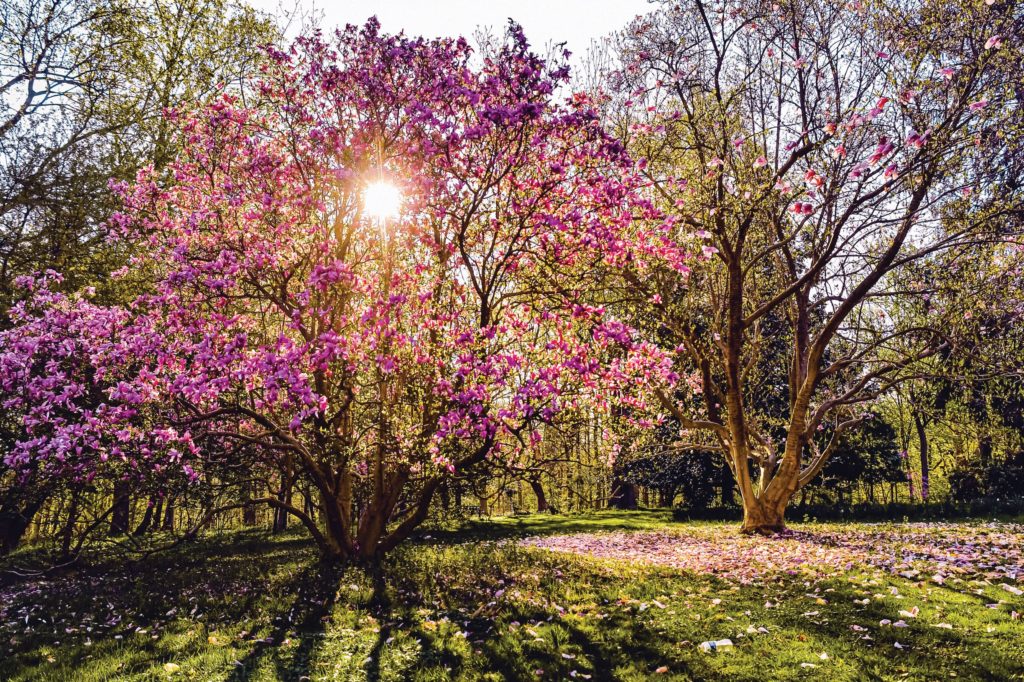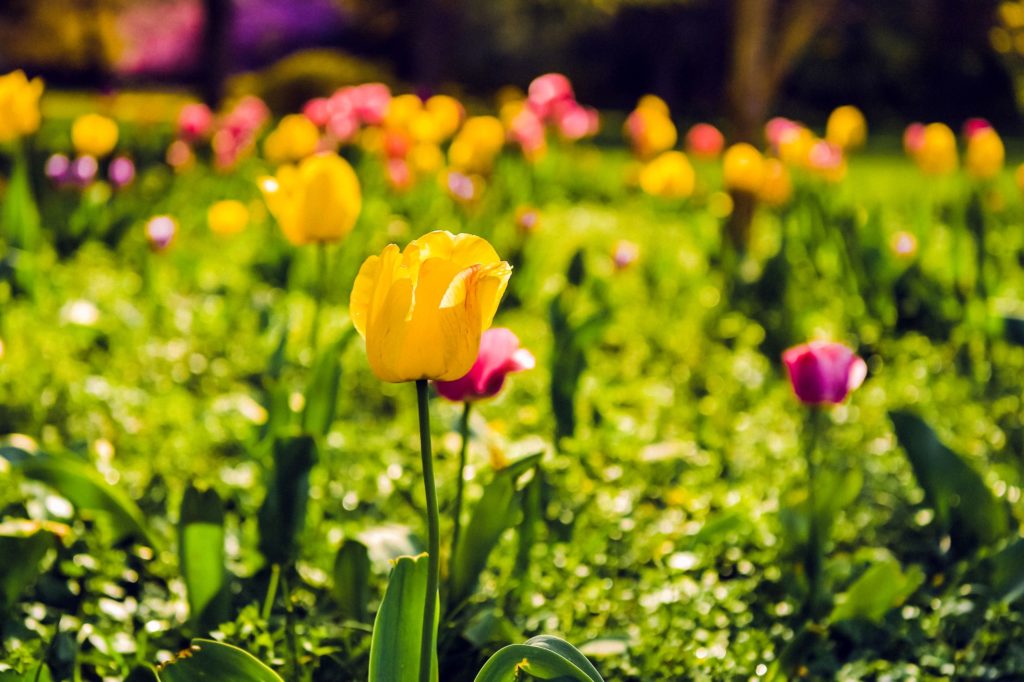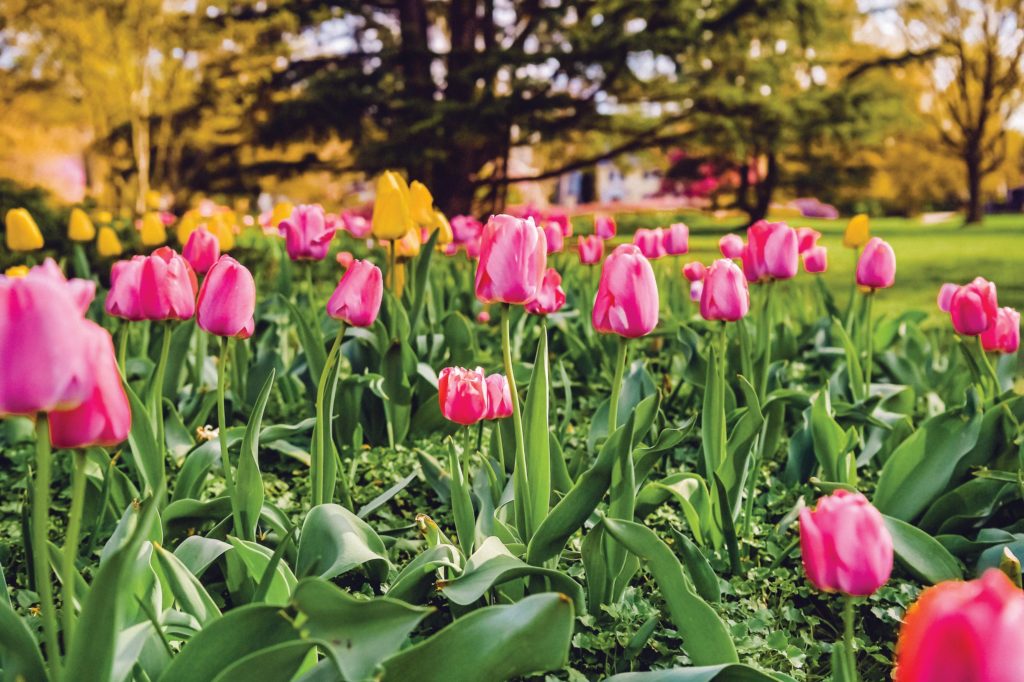Celebrate spring’s return to Baltimore with a visit to Cylburn Arboretum and Sherwood Gardens. Learn more about the history of these historic gardens as you encounter some of the most extraordinary collections of magnolia and tulip plantings in Maryland.

Magnolias at Cylburn Arboretum
Cylburn Arboretum in Baltimore was once a sprawling estate. The property traces its origins to the late 19th century, when the Cylburn House, built between 1863 and 1888, was constructed by 37-year-old Jesse Tyson. Jesse was the son of Isaac Tyson, founder of Baltimore Chrome Works, the first chromium chemical plant in the United States.
Cylburn was Jesse’s summer home for himself and his widowed mother, Hannah Tyson. The name Cylburn comes from “Cyl,” the English word for stream, and “burne,” the Scottish word for stream or branch. To complement the Cylburn Mansion, Jesse established formal gardens and lawns with trees juxtaposed with the beauty of a natural woodland filled with wildflowers, wildlife and native and migrating birds.

Upon his marriage to Edyth Johns, a debutante known for her beauty and horsemanship, Jesse and Edyth continued the development of the Cylburn estate. After Jesse’s death, Edyth married military officer Bruce Cotten from North Carolina, and the two resided at Cylburn until Edyth’s death in 1942, at which point the property was put up for sale and purchased by the City of Baltimore as part of the Olmstead Brothers’ 1903 master plan to preserve Baltimore’s stream valleys.
From 1943 to 1957, the property served as a home for neglected and abandoned children. In 1954, the City approved plans to use the Cylburn property as the Cylburn Wildflower Preserve and Garden Center. In 1971, the Cylburn Mansion and its land were placed on the National Register of Historic Places. On Jan. 7, 1982, Cylburn was officially renamed Cylburn Arboretum in acknowledgment of the natural resources and the careful stewardship of the lawns, gardens, woodland and planted trees on this magnificent property.
One of the most magnificent sights at Cylburn Arboretum is walking through the magnolia collection, which is adorned with airy, pastel magnolia blooms that burst forth for a brief but beautiful time in early spring. Colors range from bright white and ruby red to pale pink and sunny yellow. Almost every tree represents a different variety.
Some of the magnolia species include:
M. ‘Betty,’ ‘Jane,’ ‘Judy’ and ‘Susan’
Examples of “little-girl hybrids” introduced by the National Arboretum; smaller varieties of these hybrids are ideal for homeowners and smaller landscapes.
M. grandiflora
Southern magnolia; large, fragrant white blooms; evergreen leaves; blooms in early June.
M. x soulangeana
Saucer-shaped magnolia; most commonly recognized variety.
M. stellata
Star-shaped magnolia; traces its origins to Japan and was exported to the United States during the 18th century.
Cylburn Arboretum
4915 Greenspring Ave., Baltimore
410-367-2217
cylburn.org
Tulips at Sherwood Gardens
Originally known as Stratford Green, Sherwood Gardens is a privately owned community park. The well-known landscape architect Frederick Law Olmsted designed the park, which calls the Guilford community of northern Baltimore home.

Baltimoreans know that spring is in full swing when the sight of thousands upon thousands of tulips dot the landscape in late April and early May. According to Patrick Nolan, Guilford Association and Sherwood Gardens manager, more than 50,000 tulip bulbs were planted last fall, along with other spring-flowering bulbs, to create what promises to be an extraordinary riot of color across the landscape.
The tulip display began in the 1920s when John W. Sherwood, whose home bordered

Stratford Green, created tulip beds to satisfy his passion for tulips. Sherwood imported several thousand bulbs each year for planting. At more than 6 acres, Sherwood Gardens also plays host to various dogwoods, flowering cherries, magnolias and brightly colored azaleas that contribute to the springtime show.
Although it’s a private park, the public may stroll throughout the grounds at their leisure, no admission charged, from dawn to dusk 365 days a year.
Some of the most photographed and commented-on tulip species include:
Tulipa Darwin Hybrid ‘Daydream’
As one of the most popular species for landscape use, this Darwin Hybrid blooms in mid- to late spring and produces egg-shaped blooms approximately 6 inches wide on long, strong stems.

Tulipa ‘La Courtine’
A prized Scheepers Hybrid, ‘La Courtine’ is a single late species in yellow with a flamed red wave extending from the bottom of the flower cup upward.
Tulipa ‘Queen of Night’
Ideal for mass plantings and cut flowers, this single late (French) species is among the tallest class of tulips.
Sherwood Gardens
4310 Underwood Road, Baltimore
410-889-1717
sherwoodgardens.org




